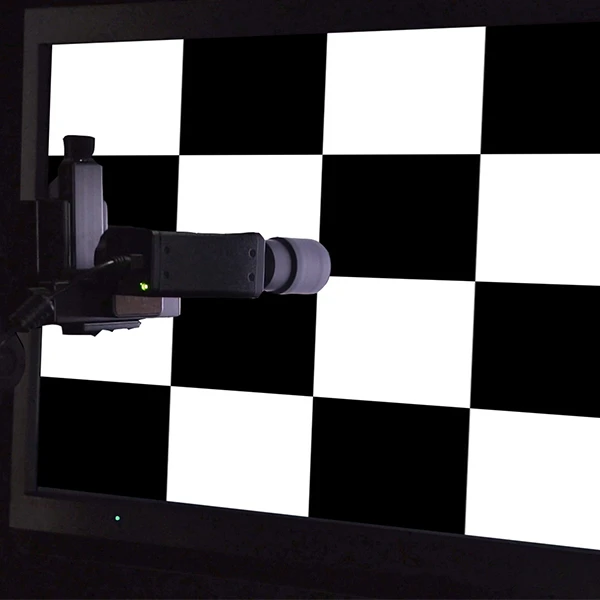Display Metrology: Measuring Display Contrast Ratio

Contrast ratio is one of the most important display quality metrics and is the measurement of the luminance difference between the brightest white and deeper black a display is capable of producing within an image.
Higher contrast ratios are preferable as the lower the contrast ratio, the more washed out the image will appear on a display and furthermore, readability of information under bright ambient lighting environment will be difficult as well. For instance, if a display has a contrast ratio of 5,000:1, it represents that the whites are 5,000 times brighter than the blacks and the display will exhibit good readability and visibility even in bright ambient lighting environment.
To evaluate a display contrast ratio, the use of a black and white checkerboard test pattern and a precision instrument is necessary. Measure the luminance at the center of the white blocks follow by the black blocks. Please note that the smaller the block sizes, the lower the contrast values. Also, contrast ratio is highly dependent on the darkest pattern luminance level.
Konica Minolta Color Analyzer CA-410, with wide luminance measuring range from 0.001 to 5,000 cd/m2, is capable of measuring extremely low to high luminance.
Watch how CA-410 perform in-term of measurement stability on a black screen.
To understand more about display metrology, please click here or contact us at (+65) 6563 5533 for a free consultation.
